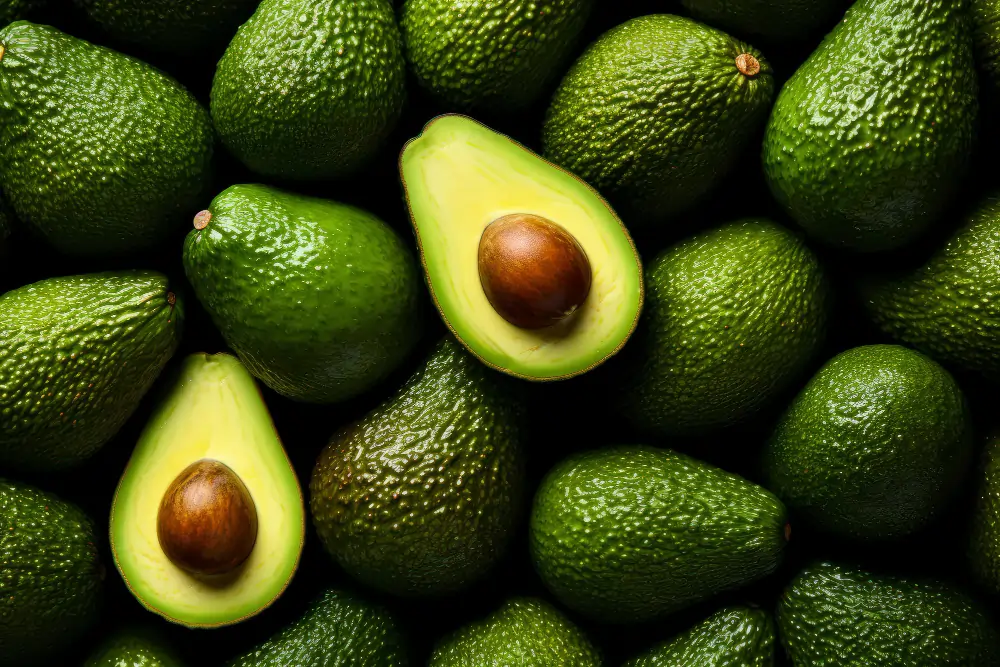Whole grains are an important part of a balanced diet. They provide essential nutrients, such as fiber, vitamins, minerals, antioxidants, and phytochemicals, that can help prevent chronic diseases and promote overall health. However, not all whole grains are created equal. Some are more nutritious and beneficial than others. Here are five of the healthiest whole grains that you should include in your diet to keep you fit and healthy all year round.
1. Oats
Oats are among the most popular and versatile whole grains. They are naturally gluten-free and rich in beta-glucans, a type of soluble fiber that can lower cholesterol, blood sugar, and blood pressure. Oats also contain antioxidants, such as avenanthramides, that can protect against inflammation and oxidative stress. Oats are easy to prepare and can be enjoyed in many ways, such as oatmeal, granola, muffins, cookies, and pancakes.
2. Quinoa
Quinoa is a pseudocereal that originated in South America. It is considered a complete protein, meaning that it contains all nine essential amino acids that the body cannot produce on its own. Quinoa is also high in fiber, iron, magnesium, manganese, phosphorus, and folate. Quinoa has a nutty flavor and a fluffy texture. It can be cooked like rice and used in salads, soups, stir-fries, and casseroles.
3. Buckwheat
Buckwheat is another pseudocereal that is gluten-free and high in protein. It is especially rich in lysine, an amino acid that is often lacking in other plant-based proteins. Buckwheat also contains rutin, a flavonoid that can strengthen blood vessels and improve circulation. Buckwheat has a distinctive earthy flavor and a chewy texture. It can be ground into flour and used to make pancakes, noodles, bread, and crackers.
4. Barley
Barley is one of the oldest cultivated grains in the world. It is a good source of fiber, especially beta-glucans, that can lower cholesterol and blood sugar levels. Barley also contains selenium, a mineral that supports thyroid function and immunity. Barley has a mild nutty flavor and a chewy texture. It can be cooked like rice and added to soups, stews, salads, and pilafs.
5. Rye
Rye is a member of the wheat family and has a similar nutritional profile. It is high in fiber, manganese, phosphorus, and zinc. Rye also contains lignans, a type of phytoestrogen that can modulate hormone levels and reduce the risk of breast cancer. Rye has a strong and slightly sour flavor and a dense texture. It can be used to make bread, crackers, porridge, and whiskey.
Conclusion
Whole grains are an essential part of a healthy diet. They can provide various health benefits, such as lowering cholesterol, blood sugar, and blood pressure, improving digestion and immunity, and preventing chronic diseases. However, some whole grains are more nutritious and beneficial than others. The five whole grains mentioned above are some of the best choices that you can make to keep you fit and healthy all year round. Try to include them in your daily meals and enjoy their delicious flavors and textures.
FAQs
Q: What are whole grains and why are they good for you?
A: Whole grains are grains that have all three parts of the kernel: the bran, the germ, and the endosperm. They are good for you because they provide essential nutrients, such as fiber, vitamins, minerals, antioxidants, and phytochemicals, that can help prevent chronic diseases and promote overall health.
Q: What are some examples of whole grains and whole-grain foods?
A: Some examples of whole grains are oats, quinoa, buckwheat, barley, rye, spelled, millet, bulgur, and brown rice. Some examples of whole-grain foods are oatmeal, whole-wheat bread, whole-grain pasta, quinoa salad, buckwheat pancakes, barley soup, rye bread, spelled muffins, millet porridge, and brown rice pilaf.
Q: How much whole grains should I eat per day?
A: The amount of whole grains you should eat per day depends on your age, sex, and activity level. The Dietary Guidelines for Americans recommend that adults should consume at least half of their grains as whole grains, which is about 3 to 5 servings per day. One serving of whole grains is equivalent to one slice of whole-wheat bread, one cup of ready-to-eat cereal, or half a cup of cooked rice, pasta, or oatmeal.
Q: Are whole grains gluten-free?
A: Not all whole grains are gluten-free. Gluten is a protein found in wheat, rye, and barley, and some people have a sensitivity or intolerance to it. If you have celiac disease or gluten intolerance, you should avoid these grains and choose gluten-free alternatives, such as oats, quinoa, buckwheat, millet, and rice. However, make sure to check the labels for any cross-contamination or added ingredients that may contain gluten.
Q: How can I cook whole grains and make them taste good?
A: There are many ways to cook whole grains and make them taste good. You can cook them in water, broth, or milk, and add spices, herbs, nuts, seeds, dried fruits, or cheese for extra flavor and texture. You can also toast them in a dry skillet before cooking to enhance their nuttiness. You can use whole grains as a base for salads, soups, stews, casseroles, or stir-fries, or mix them with other ingredients to make patties, burgers, or meatballs. You can also bake with whole-grain flour or use them to make breakfast cereals, granola bars, or energy balls.







 Afrikaans
Afrikaans Albanian
Albanian Amharic
Amharic Arabic
Arabic Armenian
Armenian Azerbaijani
Azerbaijani Basque
Basque Belarusian
Belarusian Bengali
Bengali Bosnian
Bosnian Bulgarian
Bulgarian Catalan
Catalan Cebuano
Cebuano Chichewa
Chichewa Chinese (Simplified)
Chinese (Simplified) Chinese (Traditional)
Chinese (Traditional) Corsican
Corsican Croatian
Croatian Czech
Czech Danish
Danish Dutch
Dutch English
English Esperanto
Esperanto Estonian
Estonian Filipino
Filipino Finnish
Finnish French
French Frisian
Frisian Galician
Galician Georgian
Georgian German
German Greek
Greek Gujarati
Gujarati Haitian Creole
Haitian Creole Hausa
Hausa Hawaiian
Hawaiian Hebrew
Hebrew Hindi
Hindi Hmong
Hmong Hungarian
Hungarian Icelandic
Icelandic Igbo
Igbo Indonesian
Indonesian Irish
Irish Italian
Italian Japanese
Japanese Javanese
Javanese Kannada
Kannada Kazakh
Kazakh Khmer
Khmer Korean
Korean Kurdish (Kurmanji)
Kurdish (Kurmanji) Kyrgyz
Kyrgyz Lao
Lao Latin
Latin Latvian
Latvian Lithuanian
Lithuanian Luxembourgish
Luxembourgish Macedonian
Macedonian Malagasy
Malagasy Malay
Malay Malayalam
Malayalam Maltese
Maltese Maori
Maori Marathi
Marathi Mongolian
Mongolian Myanmar (Burmese)
Myanmar (Burmese) Nepali
Nepali Norwegian
Norwegian Pashto
Pashto Persian
Persian Polish
Polish Portuguese
Portuguese Punjabi
Punjabi Romanian
Romanian Russian
Russian Samoan
Samoan Scottish Gaelic
Scottish Gaelic Serbian
Serbian Sesotho
Sesotho Shona
Shona Sindhi
Sindhi Sinhala
Sinhala Slovak
Slovak Slovenian
Slovenian Somali
Somali Spanish
Spanish Sundanese
Sundanese Swahili
Swahili Swedish
Swedish Tajik
Tajik Tamil
Tamil Telugu
Telugu Thai
Thai Turkish
Turkish Ukrainian
Ukrainian Urdu
Urdu Uzbek
Uzbek Vietnamese
Vietnamese Welsh
Welsh Xhosa
Xhosa Yiddish
Yiddish Yoruba
Yoruba Zulu
Zulu